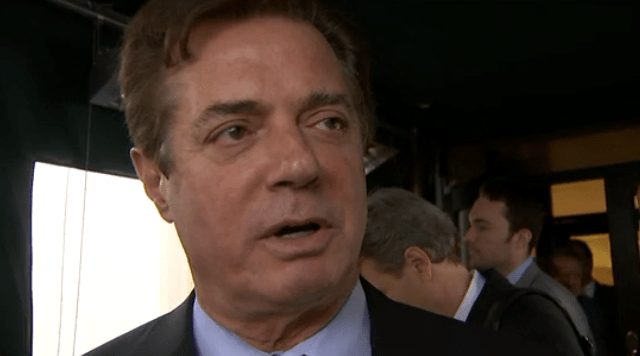Now that we’ve learned that Breitbart and Infowars have somehow figured into the FBI’s counter-intelligence probe into Russian interference in the 2016 election, I want to return to a topic we discussed late last summer and into the fall. At the time we saw a disconcerting pattern. Trump friends, associates and staffers would go on TV make some wild claim that no one had heard before. Then it would turn out that the only other place the story had appeared was on RT or SputnikNews or even some Russian language propaganda mill.
One example came in mid-August when campaign chief Paul Manafort went State of the Union with Jake Tapper told a story about how US troops at the NATO base at Incirlik, Turkey had been repeatedly attacked by terrorists. This was part of the campaign message of Obama weakness, which Trump could repair. The only problem was that nothing like this had happened. (This was relatively soon after the failed coup in Turkey.) So where had Manafort gotten this? It turned out that the only other publications which had reported anything remotely like this were RT and Sputnikness. Hayes Brown caught this at the time in Buzzfeed.
If you’re of a conspiratorial mind you might say, wow, Russian disinformation and propaganda keeps ending in the mouths of top Trump staffers. That’s kind of weird. Is Russia somehow supplying this disinformation directly to the Trump campaign? That seems a bit hard to figure. But as I explained in this post at the time, there was another explanation.
We know that at the time Donald Trump’s Twitter feed, which was clearly where he got a lot of his information, was positively lousy with alt-right Twitter feeds, often of the harshest racist and neo-Nazi variety. The whole Trump crew, which was still fairly small at the time, was awash in this stuff. For whatever reason these streams were filled with stories from RT, Sputiknews and other rightist-European news sites which themselves often picked up stories.
Was rooted in ideological affinity? Were these streams being targeted by Russian propagandists? Or, important to consider, were these streams actually filled with “alt-right” Russian bots and sock-puppets presenting themselves feral Trumpers on Twitter? Who knows? But whatever the reason, if you spent a lot of time on alt-right Twitter (which we know Trump and his crew was) you’d see this stuff a lot.
Why were Trump surrogates always pitching Russian propaganda? Because it was filling their Twitter feeds. This was likely the main reason Trump kept getting in trouble for RT’ing tweets from notorious white supremacists.
The fact that these sites and their audiences were apparently targeted as vectors for spreading pro-Trump and anti-Hillary propaganda, although perhaps unwittingly, is probably the best explanation of why they’re coming up in these probes.
But here’s another thing to consider, something I knew nothing about at the time.
That Manafort interview above was on August 14th, 2016. We now know that only five days earlier top Trump foreign policy advisor Mike Flynn had signed a $500,000 deal to advocate for the Turkish government. He was actually retained by a Dutch firm, Inovo, owned by a Turkish-American business man Ekim Alptekin. But his job was to advocate for the Republic of Turkey, particularly its demand that the US extradite a Muslim cleric in exile in the US who the Erdogan government blamed for the coup.
I’d have to refresh my memory on all the ins and outs of that moment, whether this might have been something Flynn told Manafort, whether it might have seemed helpful to his advocacy. So this may have figured into this bizarre moment to. But the use of these far-right and alt-right sites as vectors for pro-Trump Russian propaganda was clear at the time. Little surprise that is being scrutinized today.
[Did you enjoy reading this post? Considering supporting TPM by subscribing to Prime.]






